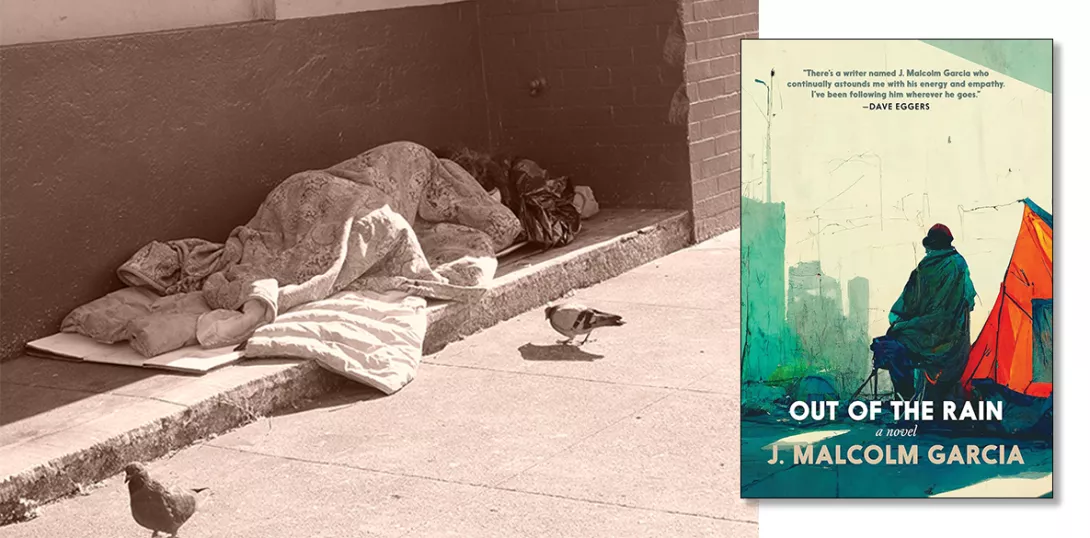
Quick Fixes: Drugs in America from Prohibition to the 21st-Century Binge
Benjamin Y Fong, Verso, £16.99
SINCE 1967, the Jefferson Airplane has been bewitching teenagers with the observation from their song White Rabbit: “One pill makes you larger/and one pill makes you small...”
The Airplane, like their fellow San Franciscans the Grateful Dead and many other rock bands from the same period, were proselytisers for LSD and other psychedelic drugs. These bands’ affinity for marijuana was well known and their advocacy of what was known as the counterculture was an unspoken truth. We understood them (and us) to be travellers to a new consciousness. Arguably, this historic episode did change the world.
In his new book Benjamin Y Fong agrees with that premise. However, his explanation of how and why it did is not for the reasons we believed them to be 50 years ago. Instead, Fong argues that the psychedelic revolution merely made the world of capitalism and commodification easier to tolerate. Furthermore, it opened up a new market to exploit and a more expansive means to advertise the products sold to this new market.
This perspective on the nature of drugs and their usage in the United States over the past is what underpins Fong’s argument throughout the book. As he traces the history of alcohol, tobacco, caffeine, narcotics, amphetamines, diazepams (Valium, etc), anti-depressants and other psychotropics, marijuana and cocaine, it is their usefulness to the capitalist economy at particular times that informs his discussion. The history he tells is both anecdotal and comprehensive. In the telling, the role of the pharmaceutical industry and government regulatory agencies are major players.
Caffeine and tobacco remain the most unregulated legal drugs in the United States. Alcohol comes a close second or third. Utilising Fong’s understanding that the most dispensed drugs at any particular historical moment are those that serve the needs of capitalism at the time, the continuing popularity of coffee makes almost perfect sense. After all, its consumption usually makes people more alert and more energetic; the perfect combination for maximum production in the service of capital.
The rationale for tobacco is less obvious. In fact, it wasn’t until the advent of the cigarette that tobacco became a popular means to relax among the working class. A smoke lasted just about as long as a 10-minute break from the assembly line or its equivalent.
Alcohol consumption, on the other hand, was not necessarily a positive practice in terms of the new capitalist workplace. Prior to the mills, factories and other larger worksites of capitalism, alcohol usage was not usually a political issue. Sure, there were always churches and other organisations that frowned on its use and pushed to close down saloons and taverns, but these campaigns were usually local.
It was when the so-called industrial age became a factor in the employment sector that alcohol use began to be seen as a problem by a substantial number of powerful US citizens.
Encouraged by the Temperance campaigns — which were often composed of middle-class women, progressive politicians, and various capitalists — the drive toward alcohol prohibition took off. Some of the campaigners understood that the underlying reasons for alcohol abuse lay in the terrible working conditions and the abominable living conditions many workers had to deal with.
Those campaigners pushed for legislation that would address those issues while they also worked to close places where alcohol was served and manufactured.
Other campaigners were more typical of other self-righteous moral campaigns. In other words, they blamed the individual, not the social conditions existing as a result of capitalism.
As Fong’s narrative continues, the reader is presented with the advent of amphetamines, first used in massive (and legal) quantities by the US military, then as a means toward greater production by individual US residents after World War II.
The explosion of US manufacturing, advertising and other elements of modern capitalism in the 1950s and 1960s carried with it an increase in what is now commonly known as anxiety. At first, psychologists correctly attributed this mental health symptom to the stresses of modern capitalist society. Those stresses were exacerbated by advertising which encouraged material consumption and ultimately a competition to see who could consume the most. According to people like the US diplomat George Kennan, anxiety was a price US residents had to pay to be free.
The option, as Fong wryly notes, was between anxiety and communism and communism was out of the question. In fact, the advent of drugs designed to deal with the stresses and traumas of modern capitalist society was also the beginning of an industry dedicated to placing the onus on the individual for mental health and removing any blame from the social systems actually creating unhealthy mental states.
The penultimate chapter of the book is a discussion of marijuana’s history in the United States. After taking the reader through a condensed version of that history, one finds oneself at the door of a marijuana retail shop in 2023, at least figuratively.
It is Fong’s assessment that when it came to marijuana in the United States, money won out. This is essentially true. Although the laws regarding legal marijuana in some states allow individuals to grow limited amounts of cannabis, there are others that don’t.
Likewise, while some states set aside a certain number of cultivation and sales licences for underserved populations, others don’t, thereby allowing corporate cannabis to dominate or completely control that state’s market.
Quick Fixes is a useful and concise history and discussion of drugs, the drug war and the less-than-honest role capitalists and their governments play in the regulation and propagation of drugs and those who partake of them. At the same time, its discussion of these phenomena shows how the drug marketplace is an almost perfect template for how modern monopoly capitalism works.
Ron Jacobs is the author of Daydream Sunset: Sixties Counterculture in the Seventies published by CounterPunch Books. His latest offering is a pamphlet titled Capitalism: Is the Problem. He lives in Vermont. He can be reached at: ronj1955@gmail.com

















